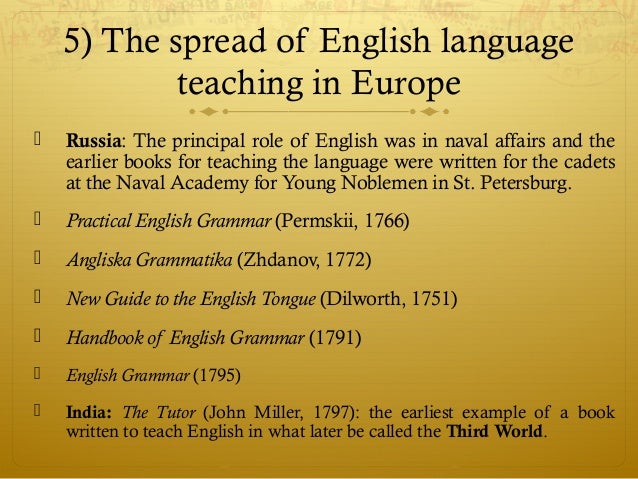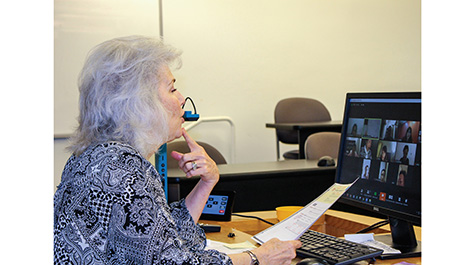His move to Inter
The 26-year-old is a firm advocate of multilingualism and Romelu Lukaku can speak EIGHT languages. He joined the Italian club Inter Milan on 8 August 2019. He signed a five-year contract for a fee reported to be a club record of €80 million..

Lukaku was determined to learn Italian after his move to Inter. After just two-and-a-half months, he was able to conduct a full post-match interview in the language. Language barriers are often a daunting task for players, and a hefty chunk of the world’s population, but not for Lukaku.
Romelu Lukaku can speak EIGHT languages
According to ESPN, the Belgian grew up in his homeland speaking French at home and at a Flemish at school. He is also able to communicate with his Congolese relatives in Lingala. Lingala is a Bantu language. It is used throughout the northwestern part of the Democratic Republic of the Congo. The language is also used in a large part of the Republic of the Congo. It is spoken to a lesser degree in Angola, the Central African Republic and Southwest & Southcentral Republic of South Sudan..
Lukaku can also speak English, Spanish, Portuguese and German, despite never having played professional football in the latter three countries. Romelu Lukaku can speak EIGHT languages!
Romero Lukaku’s idols
In a 2016 interview with ESPN, Lukaku named Didier Drogba and Nicolas Anelka as the two strikers who made him want to play for Chelsea, but it was the mention of a third striker during the interview, his ultimate idol Ronaldo, that lit him up with excitement, with Lukaku stating,
“Ronaldo changed football. He was the one you would look at. You would see him doing step-overs and you were thinking: ‘Who does this?’ You would see defenders falling over and you were like: ‘Wow.’ The goals that he scored, and at crucial times. He scored goals where you were like: ‘Oh man, this is not serious.'” Lukaku speaking to ESPN on his idol, Ronaldo.
Crediting the former Brazilian striker as his major influence as a kid, Lukaku added, “He changed the dimension of a striker. He was fast, he can dribble like a winger, run like a sprinter, he was as strong as an ox”. His devotion to Ronaldo is such that he finds the time to search YouTube for videos of him. When mentioned that he shares certain characteristics with the Brazilian, Lukaku responded, “Be like Ronaldo? There is only one Ronaldo”
Learn more about this topic by reading in on GiveMeSport.
Personal History
Born in Antwerp, he began his professional career at Belgian Pro League club Anderlecht in 2009, where he made his senior debut, at age 16. He won the league’s top goalscorer, the league championship and the Belgian Ebony Shoe there. After he signed for English side Chelsea in 2011, but featured sparingly in his first season and joined West Bromwich Albion on loan in 2012. He helped them to an unexpected eighth-place finish in the 2012–13 season and ahead of the 2013–14 season, he joined Everton on loan.
After helping Everton reach a club-record points tally, he joined the team in a permanent deal worth a club-record fee of £28 million in 2014. He was named in the 2016–17 PFA Team of the Year, Lukaku signed for Manchester United in 2017, for an initial fee of £75 million.[4] After two seasons in Manchester Lukaku’s relationship with the club deteriorated. Lukaku failed to return for pre-season training, was fined, and subsequently signed for Inter Milan in August 2019, for a reported club record €80 million.
A Belgian international, Lukaku has played 89 games for his country, and scored 57 goals, making him Belgium’s all-time top goalscorer. Lukaku made his senior international debut for Belgium in 2010, at age 17, and has since represented his country at three major tournaments, including two FIFA World Cups and one UEFA European Championship. At the 2018 World Cup, Lukaku led Belgium to a third-place finish by finishing as the joint second-highest goalscorer, and won the Bronze Boot.
Zlatan Ibrahimovic denies using racist language
Ibrahimovic, 39, put AC Milan in front in the 31st minute but he was then booked for his part in a head-to-head clash with Lukaku, who had to be pulled away as he tried to confront the Swede when the players left the field at half-time.
It was one of several clashes between the players.
Pitchside microphones picked up Ibrahimovic saying “go do your voodoo” to Lukaku. That was an apparent reference to claims made in 2018 by Everton owner Farhad Moshiri. The Belgium striker opted to leave the club after receiving a “voodoo message”. Those claims led Lukaku to seek legal advice.
Ibrahimovic also called Lukaku a “little donkey”.

Lukaku, 27, was caught on camera swearing at Ibrahimovic including lewd references to Ibrahimovic’s wife and mother.
Ibrahimovic was then dismissed 13 minutes into the second half for a foul on former Manchester City defender Aleksandar Kolarov.
Lukaku got the equaliser from the spot before the late winner from Eriksen.
I hope you have enjoyed learning about “Lukaku”. Don’t forget to check the section on Methods and my channel on YouTube.











